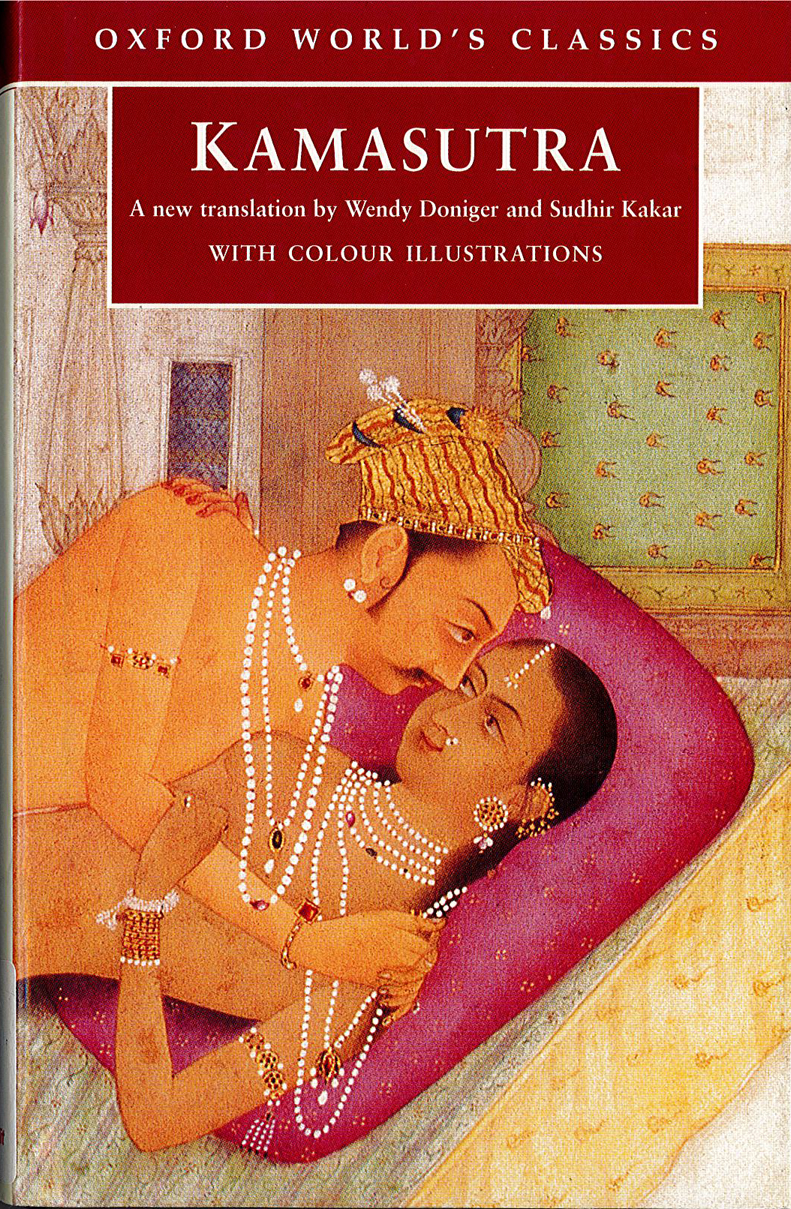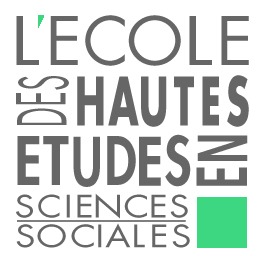Amour et érotisme en Asie |
Kamasutra
Cote : C 41. 1969
The Kamasutra is the oldest extant textbook of erotic love. But it is more than a book about sex. It is about the art of living--about finding a partner, maintaining power in a marriage, committing adultery, living as or with a courtesan, using drugs--and also, of course, about the many and varied positions available to lovers in sexual intercourse and the pleasures to be derived from each.
The Kamasutra was composed in Sanskrit, the literary language of ancient India, sometime in the third century, probably in North India. It combines an encyclopedic coverage of all imaginable aspects of sex with a closely observed sexual psychology and a dramatic, novelistic narrative of seduction, consummation, and disentanglement. Best known in English through the highly mannered, padded, and inaccurate nineteenth-century translation by Sir Richard Burton, the text is newly translated here into clear, vivid, sexually frank English. This edition also includes a section of vivid Indian color illustrations along with three uniquely important commentaries: translated excerpts from the earliest and most famous Sanskrit commentary (thirteenth century) and from a twentieth-century Hindi commentary, and explanatory notes by the two translators.
The lively and entertaining introduction by translator Wendy Doniger, one of the world's foremost Sanskrit scholars, discusses the history of The Kamasutra and its reception in India and Europe, analyses its attitudes toward gender and sexual violence, and sets it in the context of ancient Indian social theory, scientific method, and sexual ethics. "[This] new translation is fascinating, thought-provoking and occasionally even amusing."--Salon.com
Les sites du CEIAS
- SAMAJ | The South Asia Multidisciplinary Academic Journal
- CEIAS - Facebook
- CEIAS - Twitter
- CEIAS - Newsletter
- Le Bulletin de la Bibliothèque
- Régionalisme & cosmopolitisme
- DELI | Dictionnaire Encyclopédique des Littératures de l’Inde
- DHARMA | The Domestication of “Hindu” Asceticism and the Religious Making of South and Southeast Asia
- TST | Texts Surrounding Texts
- STARS | Studies in Tamil Studio Archives and Society 1880-1980
- I-SHARE | The Indian Subcontinent’s Shared Sacred Sites
- Sri Lanka et diasporas
- Sindhi Studies Group
- Carnet du Master Études asiatiques
- Master “Asian Studies”
- Social Sciences Winter School in Pondicherry
- Caste, Land and Custom
- Musiques indiennes en terres créoles
 Actualités
Actualités
Devenir juifs : conversions et assertions identitaires en Inde et au Pakistan
 Débat - Mardi 9 mai 2023 - 14:00Présentation« L’an prochain à Jérusalem ! », scande un homme portant une kippa dans une synagogue de Karachi au Pakistan. Ses paroles sont répétées en chœur par les membres de sa communauté, un groupe comptant près de trois cents personnes qui s’autodésignent par (...)(...)
Débat - Mardi 9 mai 2023 - 14:00Présentation« L’an prochain à Jérusalem ! », scande un homme portant une kippa dans une synagogue de Karachi au Pakistan. Ses paroles sont répétées en chœur par les membres de sa communauté, un groupe comptant près de trois cents personnes qui s’autodésignent par (...)(...)
Le Centre d'études sud-asiatiques et himalayennes (Cesah), nouveau laboratoire de recherche (EHESS/CNRS) sur le Campus Condorcet
Échos de la recherche -Depuis le 1er janvier 2023, l'EHESS, en tant que co-tutelle, compte un nouveau centre de recherche né de la fusion du Centre d'études de l'Inde et de l'Asie du Sud (CEIAS - EHESS/CNRS) et du Centre d’études himalayennes (CEH - CNRS) : le Centre d'études sud-asiatiques et h (...)(...)
Centre d'Études de l'Inde et de l'Asie du Sud
UMR8564 - CNRS / EHESS
54 boulevard Raspail
75006 Paris, France
Tél. : +33 (0)1 49 54 83 94
Communication :
nadia.guerguadj[at]ehess.fr
Direction :
dir.ceias[at]ehess.fr
La bibliothèque du CEIAS
Maison de l'Asie
22 avenue du Président Wilson 75016 Paris
54 boulevard Raspail
purushartha[at]ehess.fr


